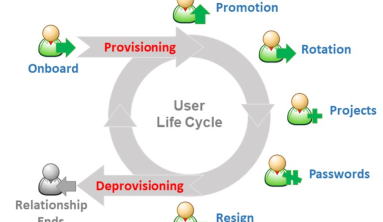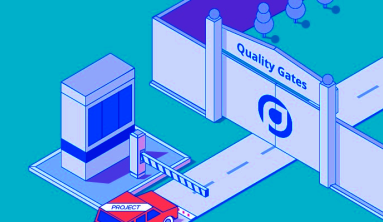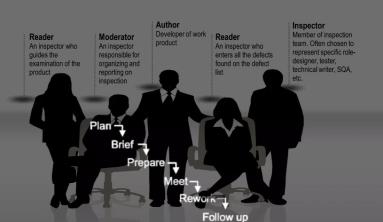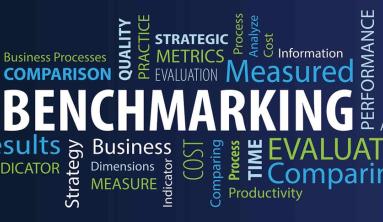When clients explore options for a software development project, a factor that greatly influences the choice of the vendor is pricing.
And while numbers and figures get most of the attention, there’s little talk about the different approaches to pricing – and which one is better suited for what kind of project.

Pricing Options For Software Development Projects
Here are the most common approaches to pricing development agencies take when estimating a software development project:
- Fixed price model
This pricing model is a common practice for smaller-scope projects. Those projects are already scoped out and pretty straightforward, so it’s not difficult to put a fixed price on them. However, the bigger the scope gets, and less specified they are, they bring more risk when trying to estimate them. That’s when we’re starting to lean towards a more agile model, time & materials.
- Time and materials model
The time and materials pricing model is actually an evolved version of the fixed-price model. It is better suited for short-time projects of limited scope. The client gets a rough estimate of expenses, a ballpark, to be able to plan the budget. However, the actual price depends on the number of hours that go into the production.

- Dedicated team model
In the dedicated team pricing model, the budget is fixed but the scope remains flexible. This model is perfect for long-term projects that require steady support and the development of new features, as well as projects that require a variety of skills and expertise: From designers and developers, through DevOps and growth analysts, all the way to QAs.





